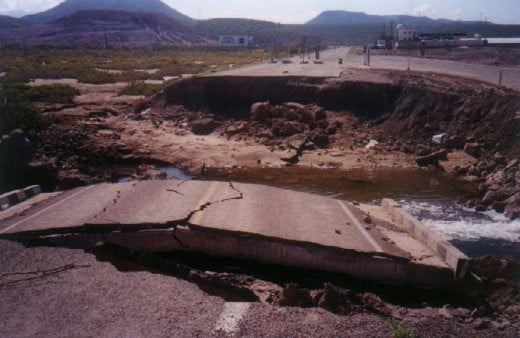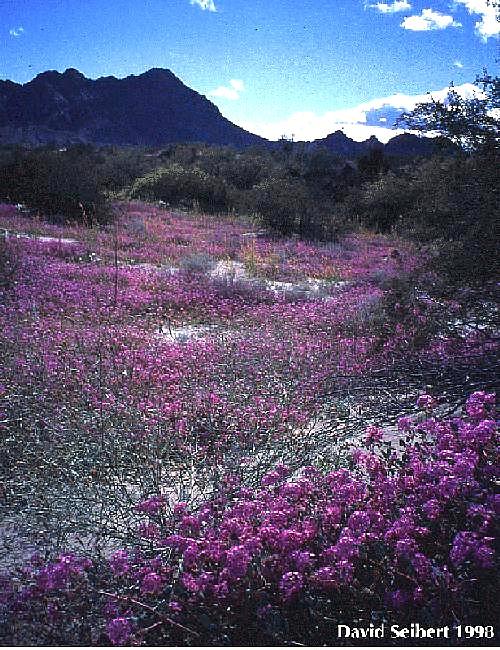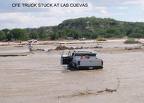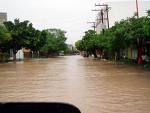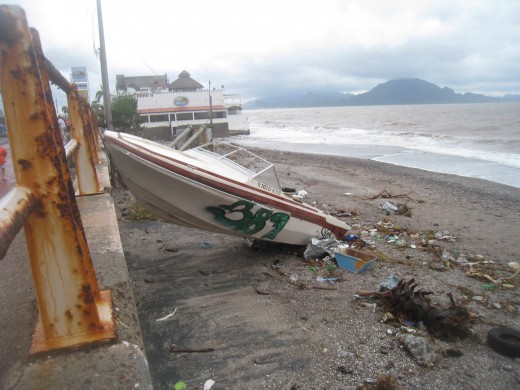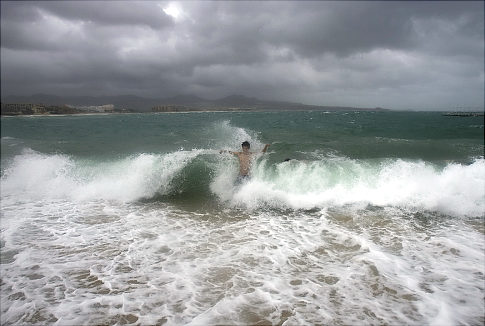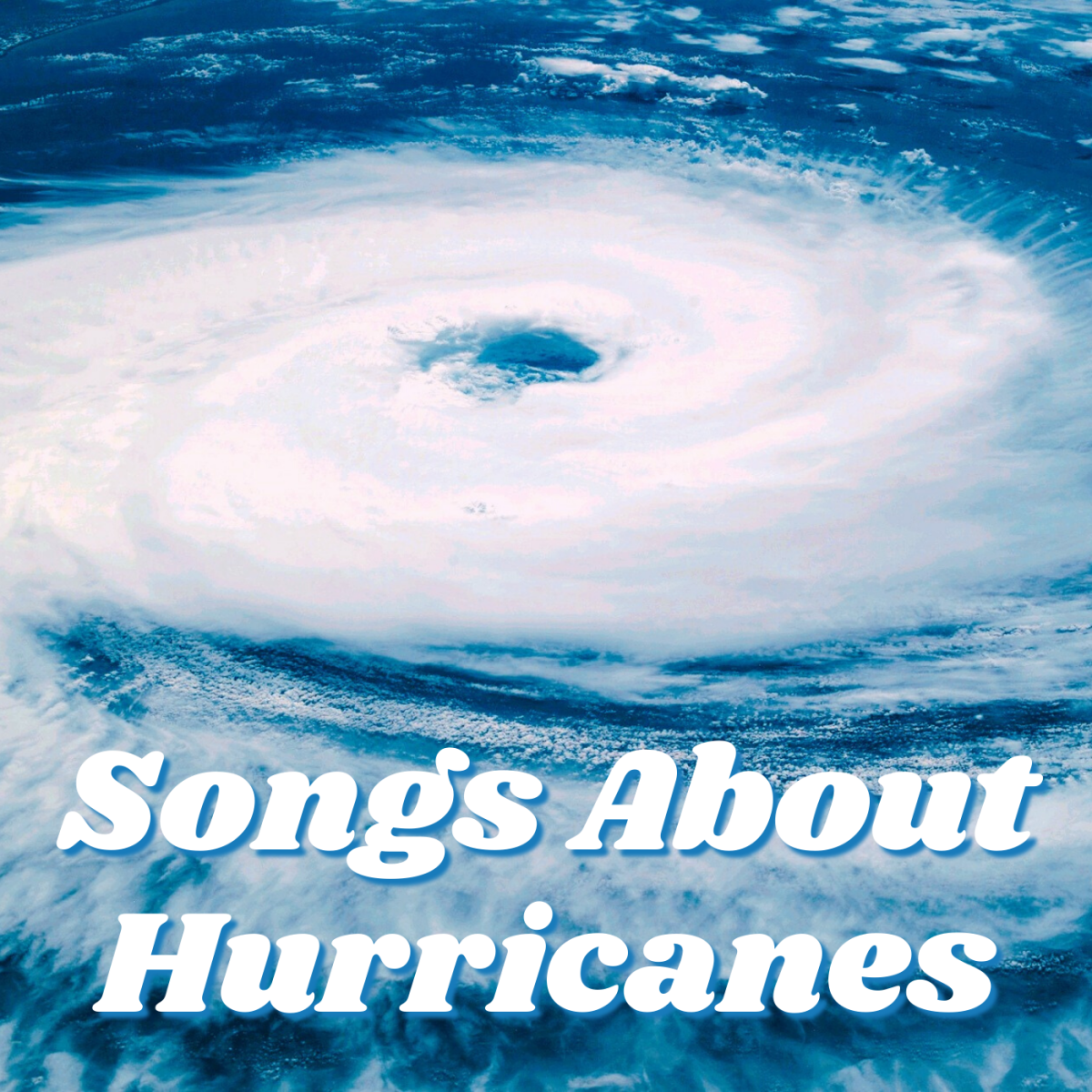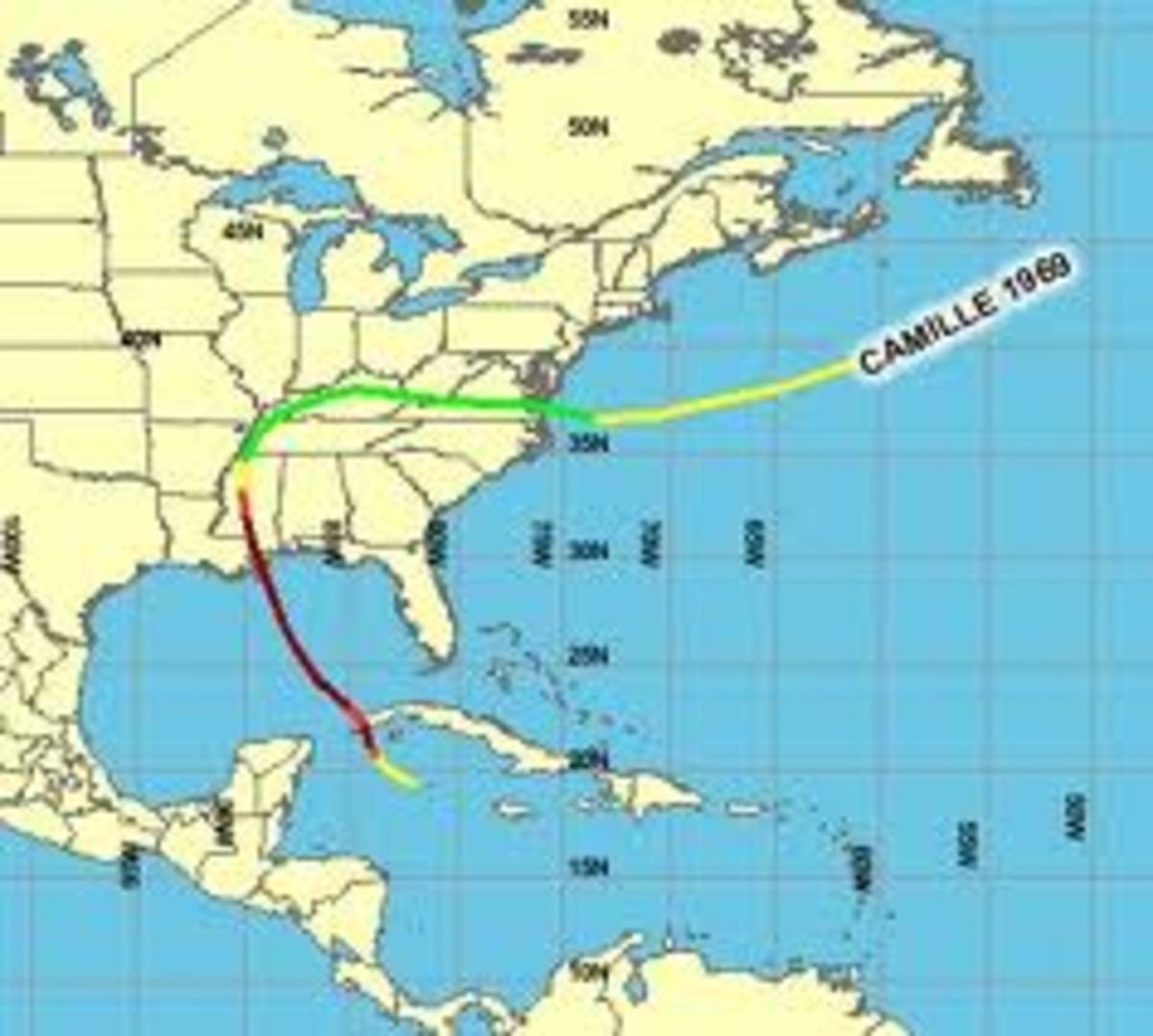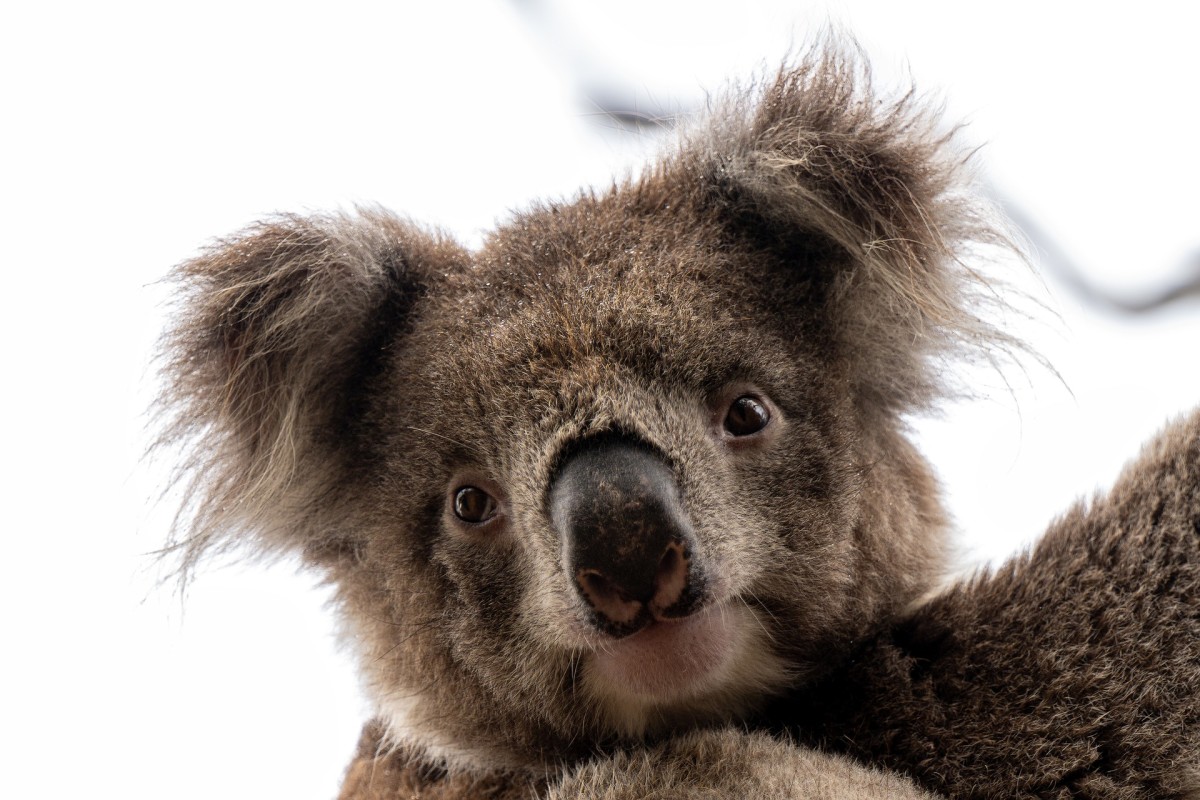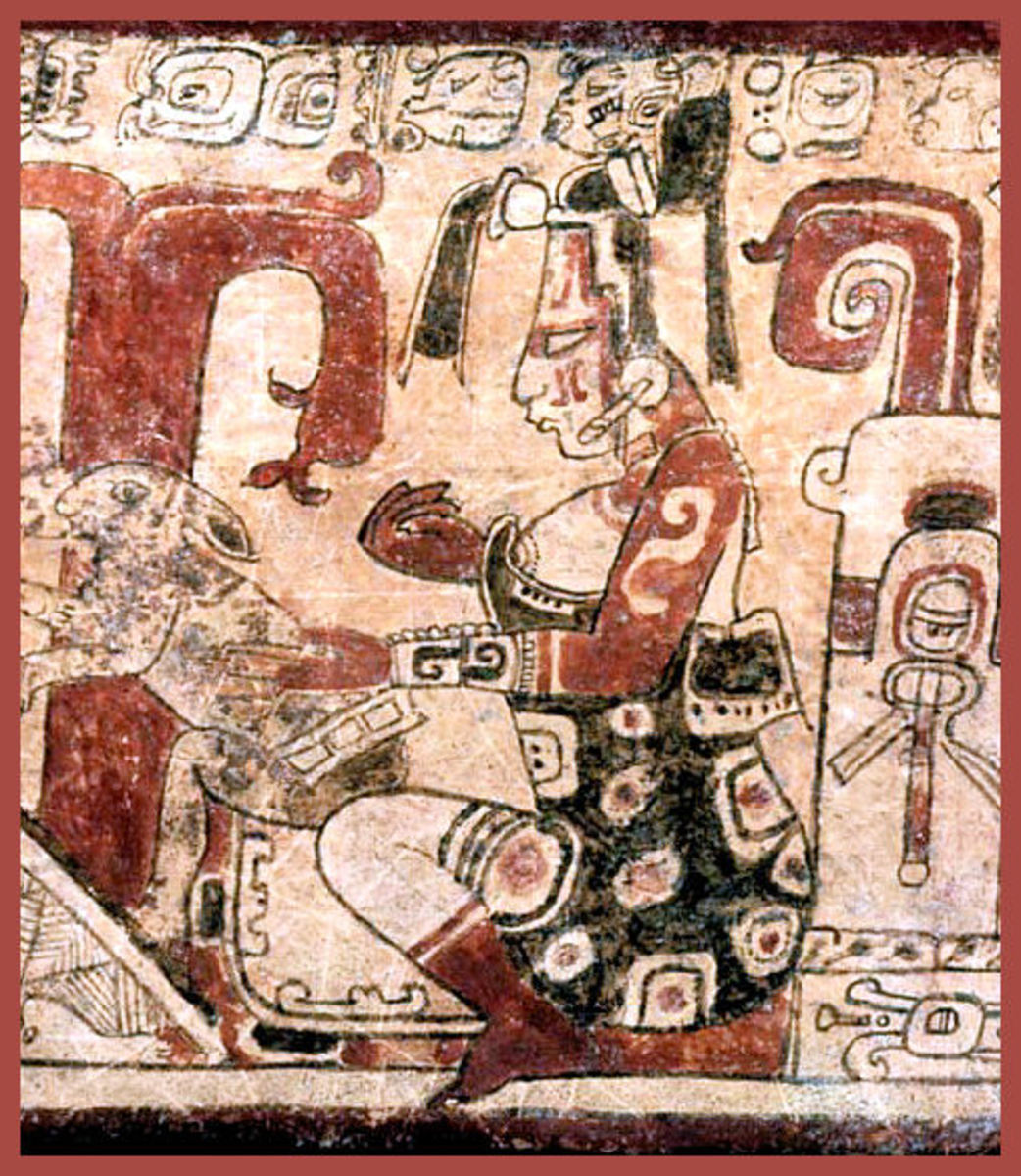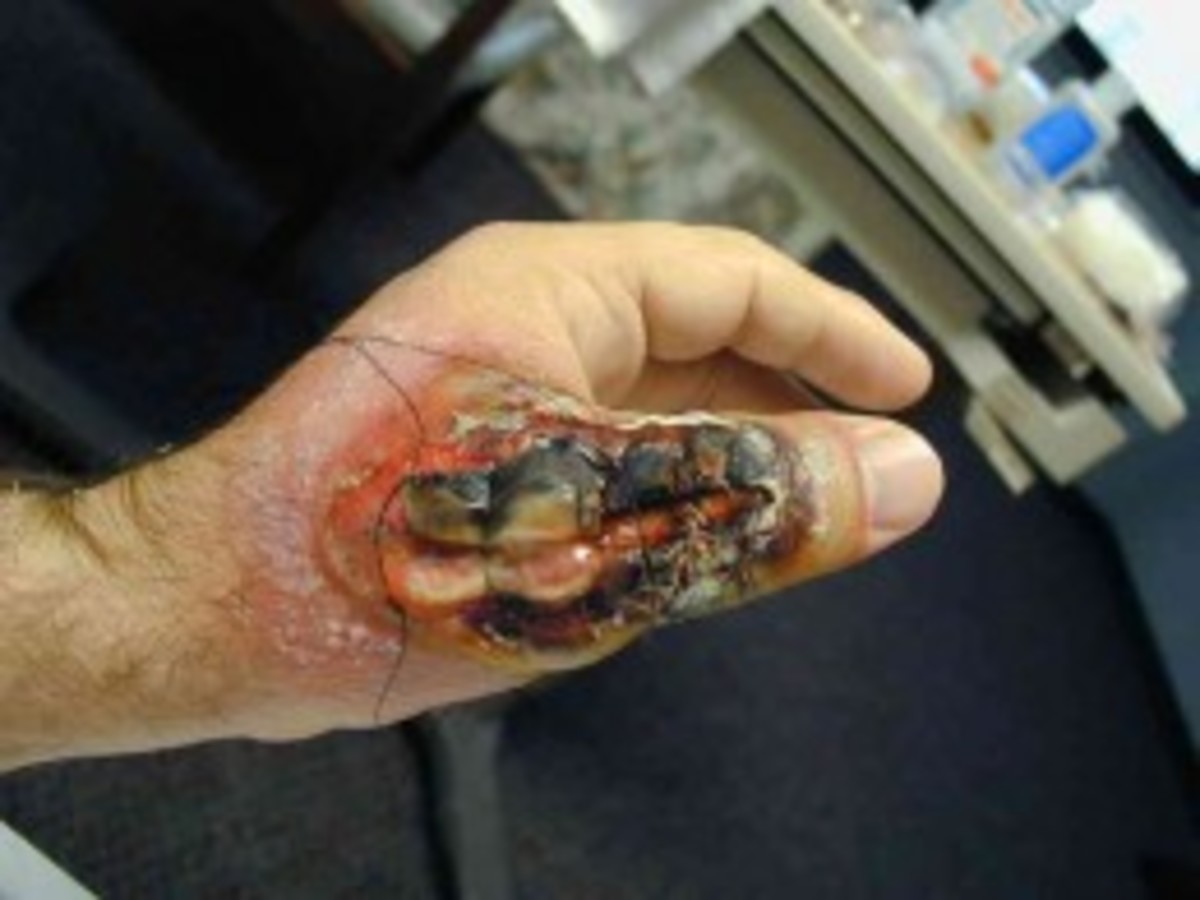When Juliet Hit Baja California.: Also Report on Jimena







Is this why they called us Homo Erectus?
Hurricane Juliet Hits South Baja California.
We constantly complain about our weather in the UK. But the truth is we really don’t get any “weather” as the term is understood by seaman, for example. Britain has a mild, temperate climate, rarely do we suffer from extremes of wind, floods, ice and snow or storms. We should really count ourselves lucky. In many parts of the world, such as the south eastern USA and Mexico, there is one season, from about June until September, when these huge killer storms knows as Hurricanes regularly come to visit. These deadly tropical storms are sometimes 500 miles or more across and have winds up to 200 miles per hour, destroying property and often causing the deaths of hundreds.
Driving around in Baja California Sur (south) during the peak tourist season, from October until the following May, newcomers wonder why so many roads are cut by what resemble mini beaches. These are where the arroyos (canyons) have flooded with hurricane generated rainwater, turning the normal dry washes into roaring floods of slurry that cut through, destroy or wash away anything in their path. All these junctures - low points in the road - should be bridged, but that is expensive and although more and more bridges are built each year, they too are sometimes washed away and the government has found it cheaper to make repairs nearly every year after hurricane season.
To be living here during the time of the storms means to be often isolated as storm water has cut the road in both directions. The floods come in hours, and disappear just as quickly, the desert sopping up the rivers like a giant sponge: the aquifers fill; cool air dominates; plants seem to flower overnight. The aftermath of a great storm is greatly appreciated. But not while the winds are blowing: roofs and tree branches are flying everywhere; cars and trucks are blown or washed off the roads; highways are cut by foaming torrents; town streets are turned into muddy rivers; mud slides wash whole houses away, often drowning the residents; boats are blown out to sea or high onto dry land and emergency help is paralyzed.
Steinbeck observed in his “Log from the Sea of Cortez,” that incipient life is everywhere waiting for the right conditions to appear. His musings were caused by him having found tadpoles high in a mountain rain pool; he could see no way they could have got up there by any normal means. It is certainly true of the cactus, succulents and plants of the South Baja desert. These hardy plants are used to surviving without water, sometimes for several years. When they do get a soaking, it’s party time in plant-land! The sere, scorched desert soon turns every shade of green in the artist’s palette. Then this emerald backdrop is sown with stars as the wildflowers and cactus blooms arrive. There is no more beautiful place than the desert after the rains come. Like love finally arriving and warming a lonely soul.
Not only plants celebrate this beneficence. Winged insects begin to take to the air, many of which are unknown outside an entomologist’s library. And a few which are familiar - ouch! - ping and sting as the mozzies arrive. Worse, the “no-see-ums” join in and, desperate for a drink, invade the corners of your eyes and ears, entirely disinterested in “no, arghhh!!” for an answer.
In the only hurricane I was in, was Juliet in 2001. Cabo San Lucas, South Baja, generally only dampened by spilled tequila from the hedonistic hordes, took on the ambience of village in the Congo or along the Amazon. The uneven sandy streets turned into fast flowing mini-rivers, some too deep or strong for cars to make it through.
It was the time the hotels found all the leaks in the roof they had meant to fix last year. The lobbies were awash, with a bucket brigade of peons mopping and squeegeeing. (“peon” is not a derogatory term in Mexico). While the employees mopped, the tourist’s moped. This wasn’t on the travel agent’s agenda for a vacation here where the rainfall is less the 5 inches in a good year.
Others - probably pissed or hung-over - paddled around as if they were on Brighton beach, in between the heavier showers or heavy gusts of winds from the storm which was sill in the vicinity.…after all, it was still about 80 degrees F. in the shade.
It is as true in Baja as anywhere, it’s an ill wind that blows nobody any good. Domestic stock, like the long-horn cattle, and wild creatures, such as the elusive desert hares, had been venturing right into town looking for feed, as all burned-up in the desert. Now they would all be kicking up their heels and gambolling at the prospect of all the new growth to follow the floods. Some of these scrub bulls would have given Manolete pause! Even some wall-eyed cows have 3-foot horns and just two withered teats…Ole! But they are peaceful and non-combative in what my dear lost friend, Abe Blank called “Bland Baja.”
I had often met huge Brahman bulls in the desert around El Triunfo and the 2-ton beasts had done nothing more that regard me from huge, brilliant eyes and keep on quietly chewing the cud as I passed along their flanks. Abe would handle any creature he found with the assurance none would hurt him. I have not found this type of peace and understanding elsewhere in the world, although I imagine it must be this way in India where all life forms are respected. How advanced is this philosophy compared to the fear and cruelty often found elsewhere.
Juliet had 12-foot waves beating on the beaches all round the Cape. You could feel the vibrations in your groin all the way into town; something elemental there. Maybe the movement of the sea was a sexual stimulant when our ancestors lives beneath the waves a billion years ago…maybe that’s why we like salt with our tequila? Is that why they called us “Homo Erectus!? Steady!
Notes. Juliet was not a large hurricane compared to others. She was classified as a Cat. 4 long-lasting hurricane Wind speed was sustained at 145 mph with gusts to 170. The storm cause 9 deaths in total and did approximately 20 million damage in US dollars. 21 boats in La Paz harbour and marinas were knocked over.
Large or not, Juliet was as much hurricane as I ever hope to experience. The banshee scream of the wind; the floods of ground water and the destruction of South Baja’s roads; it was a perfect demonstration of what these storms can do…even when they are just ticking-over!
Notes:
Hurricanes are popularly describes as “slamming” into this land mass or the other. This is true of tsunamis, earthquakes and huge intergalactic bodies, but not hurricanes. They build up slowly as they increase in intensity over warm oceans. First, the sun disappears behind an ominous haze, which is followed by a ring of sullen, angry looking grey clouds on the horizon. Dead calm at first, the wind begins as a series of puffs, gradually becoming stronger and more constant in a counter, or anti-clockwise direction. For some reason, these storms often seem to intensify at night with squalls, torrential rain and gales, rising in intensity to the deadly wind speeds associated with cyclonic winds. At gale force, the wind is a moan rising to a howl; then the scream of the full storm, as winds pas the 100-mile-per-hour-plus mark, which is terrifying to hear and experience. At his point, even if you can still stand, it is dangerous to be away from solid shelter as hurricanes pick up all sorts of debris, hurling it through the air with deadly force. Straws have been reported embedded deep into telegraph poles, for example; nothing else on the planet can achieve this but 200 mile-an-hour, or more, wind, because the straw is too fragile to be accelerated to the necessary speed for such penetration, unless it is actually borne up and carried along by an air current moving at this enormous velocity.
Hurricane Jimena: Much Worse Than Reported.
Perhaps because the National Hurricane Centre, and other watchers, reported Jimena as having down graded from a Category 4, verging on 5, Hurricane, to a mere cat. 2 storm, the press and media lost interest in the cyclone as it assaulted the coast and inland regions of South Baja, as well as continuing north along the Peninsula and also invading mainland Mexico. Friends living in the affected areas have emailed me and painted a far more grave picture.
Jimena hit San Carlos in South Baja and Sonora, mainland Mexico with heavy rainfall for over 30 hours, reports of rain fall have been from 26" to 42". (read that figure again, folks, that’s as much as the UK gets in an average year in places!). The winds were reported the highest at 68 MPH. It wasn't the winds or the swells that cause the damage in San Carlos in Baja, or Guaymas and Empalme on the mainland, it was the rain water. The run-off from the mountains was like rivers.
Despite this storm flooding happening time after time, people still build on or near canyon areas in Baja. They can’t build right on the arroyo floor, because these are practically bottomless soft sand, but they build too close to areas that flood, often with disastrous consequences. Also, despite having to make costly repairs to roads washed out by these deluges, local government would rather suffer the inconvenience and constant maintenance than put permanent bridging in place.
Residents of San Carlos, by Guaymas, had complete streets collapsed as well as boats in dry storage just float into the main boulevard. Power lines were down everywhere, trees
uprooted. They have some complete loss of beach front homes, and had many boats from the Bay on the beach that were moored in the Bahia. Guaymas reports 45,000 people displaced and lost their homes. Empalme, appeared to be in worse shape. One Gringo supported orphanage is in Empalme, are still waiting news about the 45 kids there. CFE (power company) has been working 24/7 to restore everyone's power and I believe that within 48 hours, everyone had power
People living in the Cape area of Baja say they might not get mains water for up to three weeks as the reservoirs are polluted and pipes washed out. (But just watch for the lobbying by golf course owners).
We also have reports that the main highway between San Carlos and Guaymas, the checkpoint at Empalme and south, have experienced serious damage causing re-routing of traffic and serious delays. If you have plans of travelling in the area of San Carlos and south you should try to find out about road conditions in advance.

